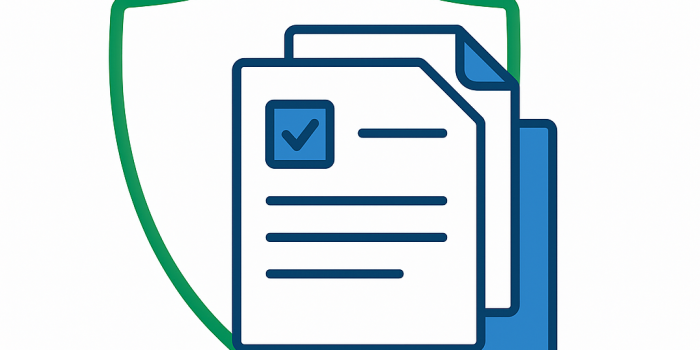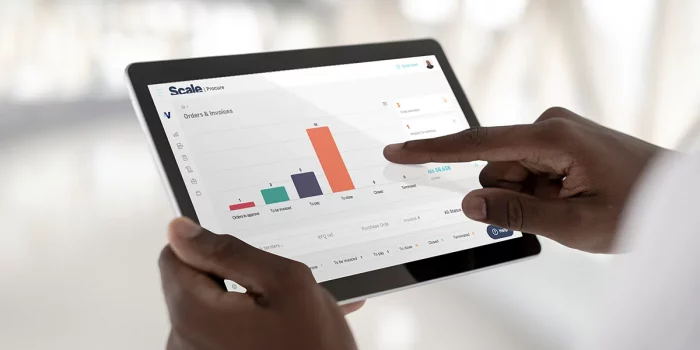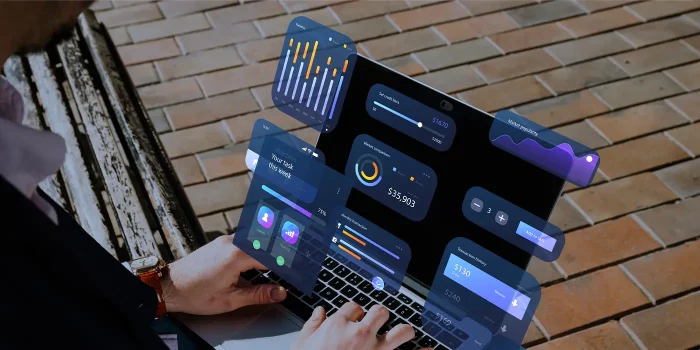The Case for Digital Procurement in Organizations
Digital Procurement encompasses the entire procurement process, from sourcing and ordering to payment and contract management.

Over the last decade, the global supply chain has weathered its share of disruptions such as the COVID-19 pandemic. And even as we move beyond these, business leaders across nearly every industry are realizing the need to be prepared for future crises has never been more pressing. In the face of disruptive environments, adaptive technologies and processes come to the fore in the procurement arms race. And at top of the list is digital procurement.
Digital procurement involves the use of digital technologies such as big data analytics, artificial intelligence, and blockchain to improve procurement processes and outcomes. It encompasses the entire procurement process, from sourcing and ordering to payment and contract management.
Why Digital Procurement?
According to a report by The Deloitte Global Chief Procurement Officer Survey 2018, the impact of a digital procurement strategy can be measured by the extent to which the key objectives of efficiency, effectiveness, engagement and experience are incorporated in the digital procurement strategy, and the level of success in implementing them.

Some of the impact experienced by organizations that implement this technology in their operations include:
1. Streamlining your procurement process
Your company gets the ability to streamline its procurement processes, making it easier to find, compare, and procure goods and services. This significantly reduces the time it takes to complete procurement tasks, allowing teams to focus on more value-added tasks.
Further, you get the ability to track and monitor activities in real-time. With digital procurement, your team can see exactly where each stage of the procurement process is at any given time, which can help identify bottlenecks and improve efficiency.
2. Leveraging tech and automation for efficiency gains
Automation of manual tasks will save time and reduce the risk of errors across the entire procurement cycle. For example, a company that uses an e-procurement platform to manage its request for quotation (RFQ) process, eliminates the need for manual data entry. This completely reduces the chances of mistakes being made.
3. Saving money through cost reduction
The traditional manual approach to procurement is time-consuming and labor-intensive. This leads to higher costs, time wastage and an increment in labor costs. The adoption of technology in procurement opens up opportunities for saving money for the company. This happens through the cost reduction that emanates from the automation of processes and data analysis, organizations can optimize operations.
In addition, using technologies that enable e-sourcing helps in negotiating better prices with suppliers by providing access to a larger pool of potential vendors. This means competitive pricing for goods and services, allowing you to save money on purchases.
4. Improved transparency in the process and business continuity
Digital technology makes it easier for companies to track and monitor their procurement activities. It tracks and presents detailed records of purchases and bidding processes as a key output. Of course, this transforms into institutional knowledge that stays within the organization.
5. Lowering risk through compliance with regulations and policies.
Digital solutions will assist in ensuring all purchasing activities are carried out in accordance with industry regulations and organizational policies. This means a direct and immediate reduction in the risk of non-compliance and issues of fraud.
A Critical Step in Digital Transformation
Deloitte’s view is that applying digital technologies to the procurement function will enable strategic sourcing to become more predictive, transactional procurement to become more automated, supplier management to become more proactive, and procurement operations to become more intelligent.
Further, the report states that procurement leaders globally have embarked on the digital transformation journey, with nearly one-quarter starting with the payment and requisitioning/ordering processes. It was noted that Supplier Risk Management and Supplier Management are the least digitised processes in organizations.
In summary, if you are aspiring to undertake a complete Digital Transformation in your company, then procurement should be considered as a priority area as it is a critical interaction channel with stakeholders. From reducing costs and increasing efficiency to improving transparency and compliance, the advantages of digital procurement are clear.
By transitioning procurement from a manual set of activities into an end to end digital process, organizations can improve their procurement and thrive in the digital age.








